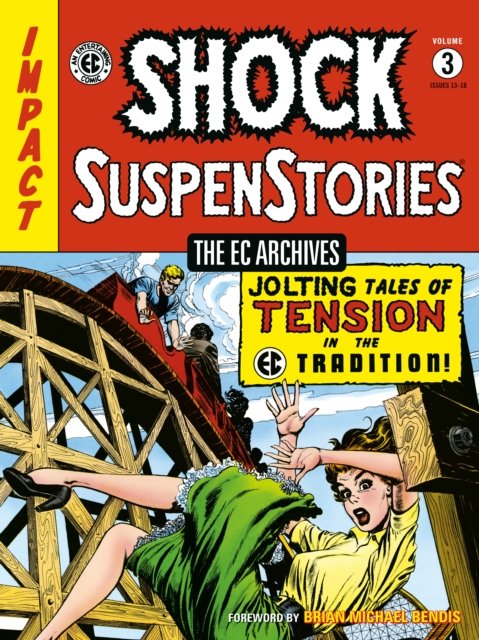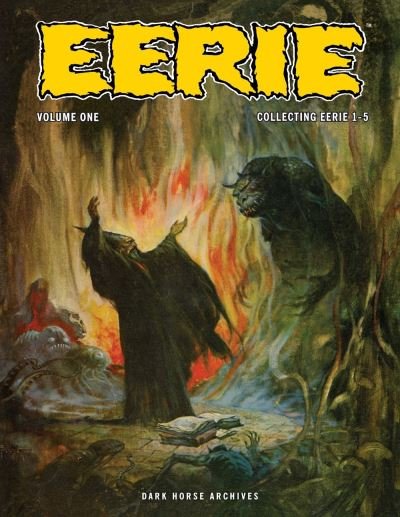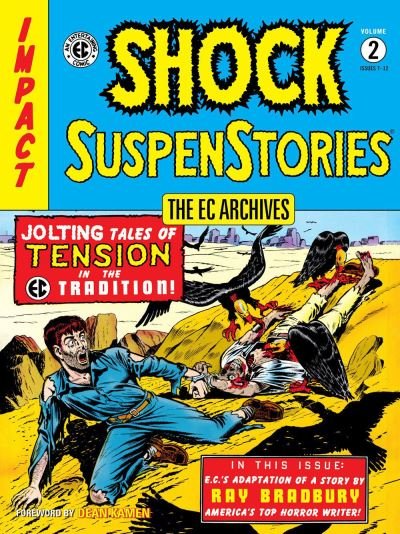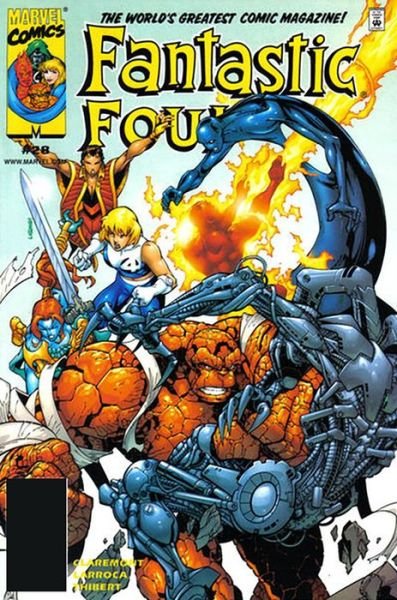
Tell your friends about this item:
Explaining Chemical Processes: Student Exercises and Teacher Guide for Grade Ten Academic Science 1st edition
Jim Ross
Explaining Chemical Processes: Student Exercises and Teacher Guide for Grade Ten Academic Science 1st edition
Jim Ross
An introduction to the four simplest types of chemical reactions, this unit begins with decomposition and synthesis reactions and moves to the reactions of acids and bases. The relationship between atomic structure, chemical behavior, and organization of the periodic table is extended from the Grade Nine Chemistry unit. The unit is composed of three major sections. 1. Decomposition and synthesis reactions, with their one-to-many and many-to-one structure, are the easiest to work with. Within this context, students will learn how to represent chemical change four different, parallel ways: diagrams, symbolic balanced equations, word equations, and mass equations. We clearly intend this unit to anticipate and support the introduction of the mole concept in Grade 11. 2. Metals, non-metals and pH. The origins of acid and base behaviour are probed here. These reactions exemplify single displacement reactions. 3. Reactions of Acids and Bases. In both metal / acid reactions and acid / base reactions, we continue to use the four representations. These reactions exemplify the double displacement reaction type. Emphasis is placed on naming the chemicals involved. At the end of each section is a thorough quiz.
| Media | Books Paperback Book (Book with soft cover and glued back) |
| Released | May 1, 2006 |
| ISBN13 | 9781897007167 |
| Publishers | Ross Lattner Educational Consultants |
| Pages | 92 |
| Dimensions | 216 × 280 × 5 mm · 235 g |
| Language | English |
More by Jim Ross
Others have also bought
See all of Jim Ross ( e.g. Paperback Book , Hardcover Book , Book and CD )

 Christmas presents can be returned until 31 January
Christmas presents can be returned until 31 January





































